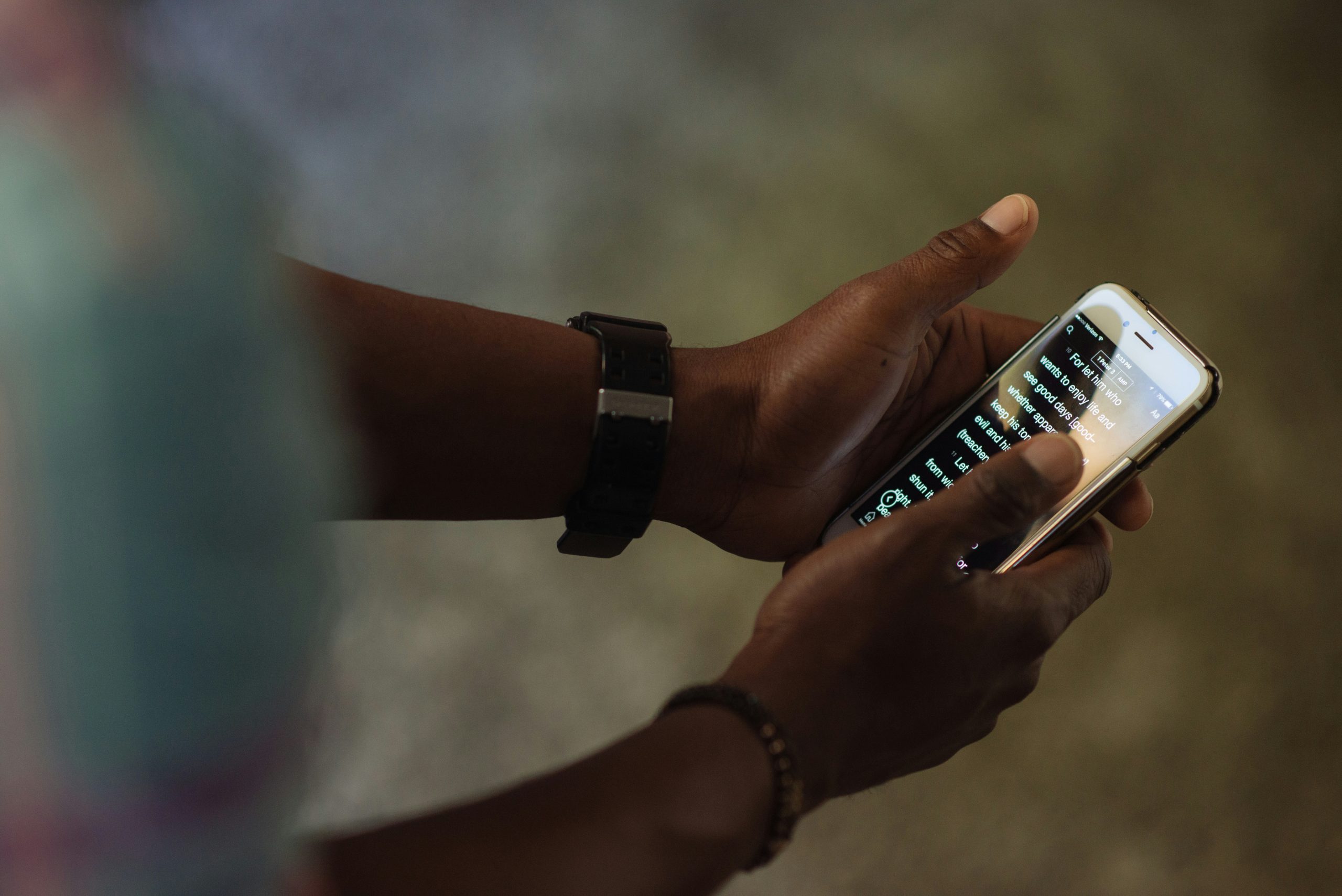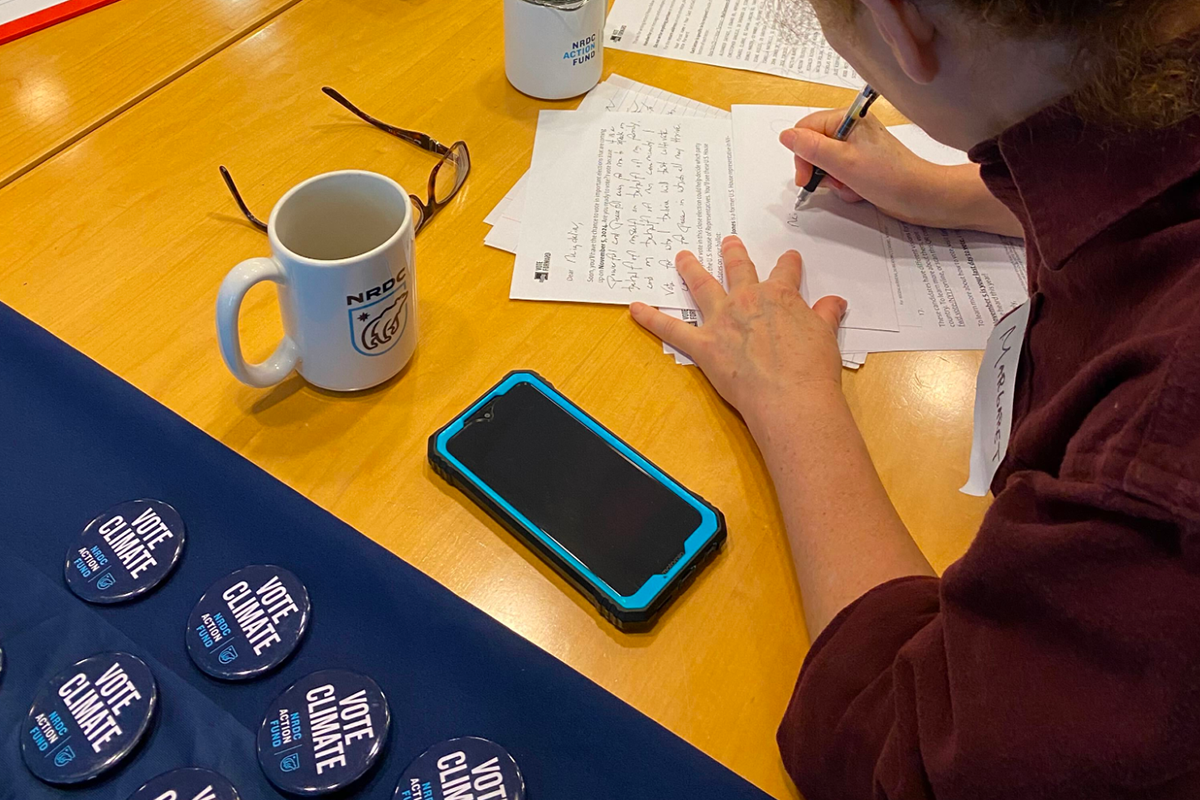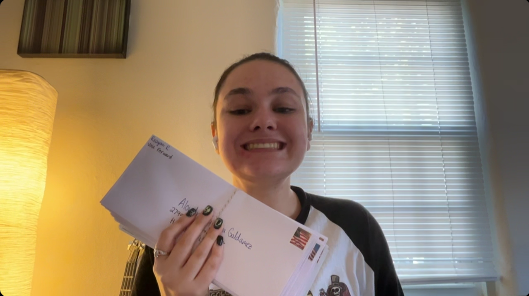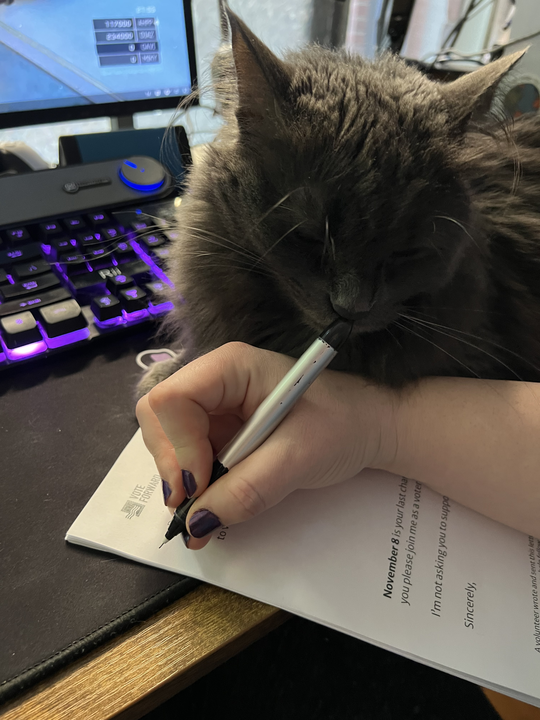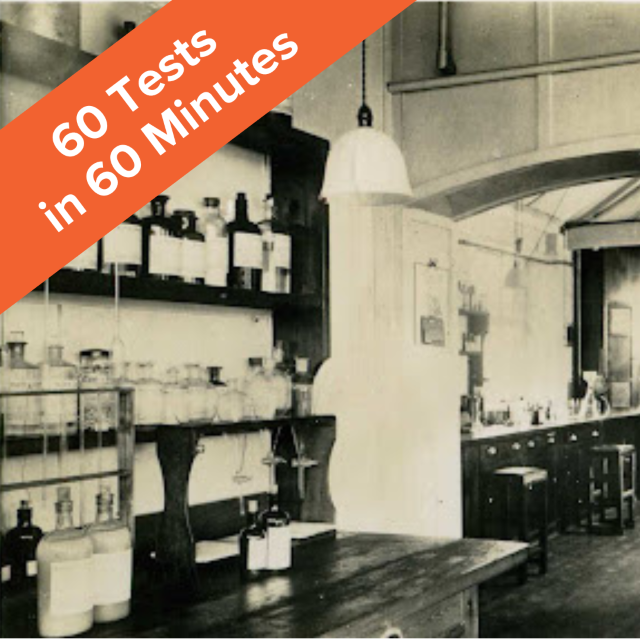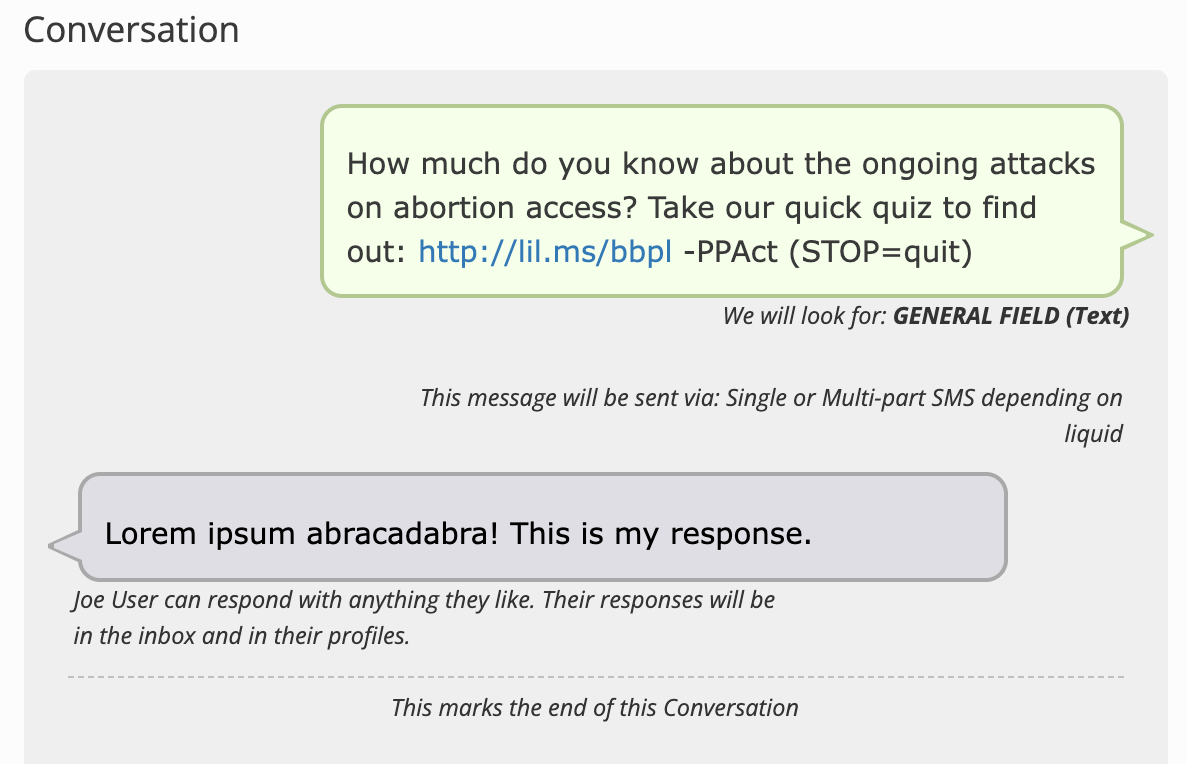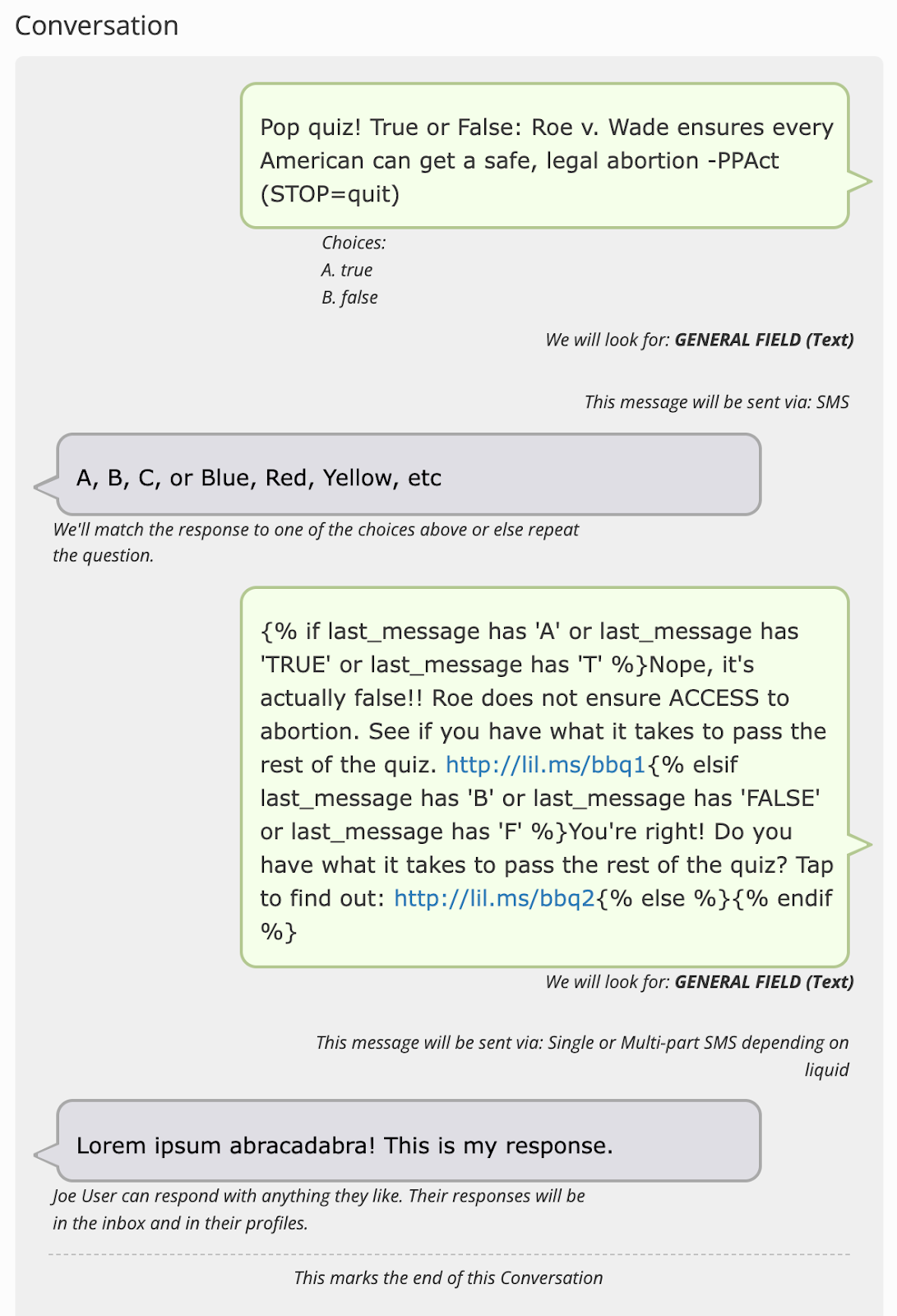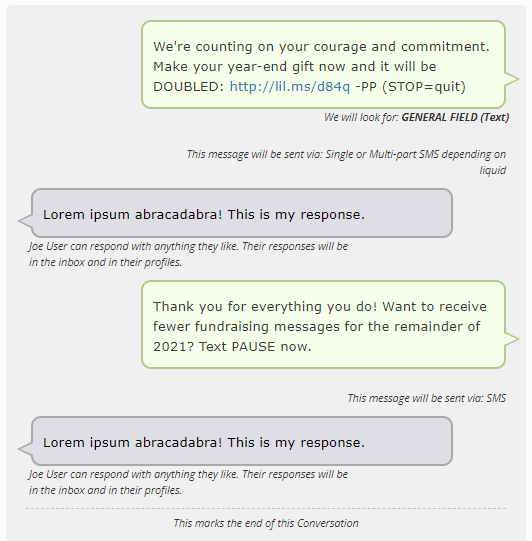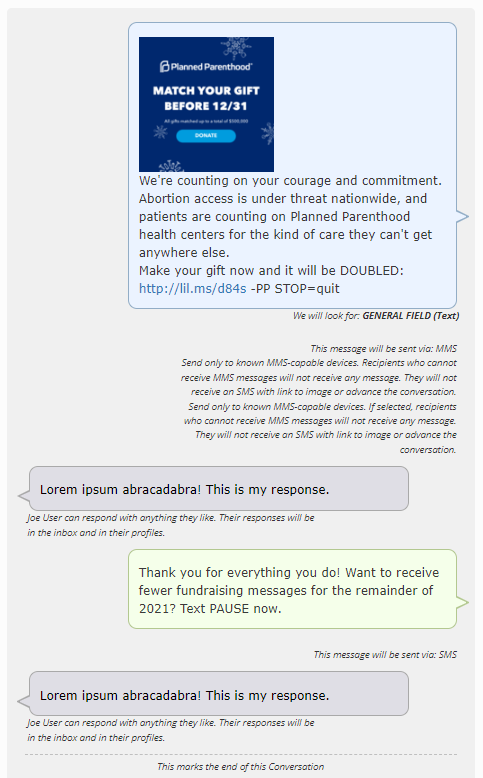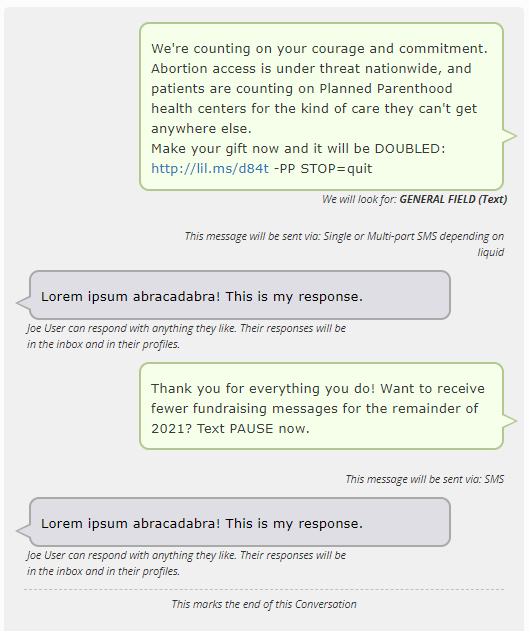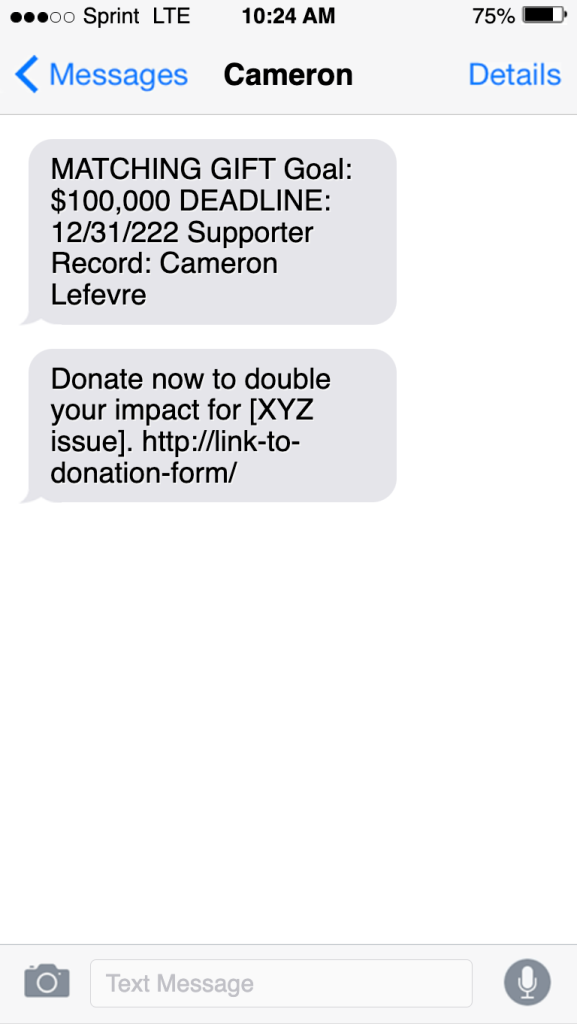Concerned about the future of social media? Us too. We’re not suggesting anyone back away from organic social strategy or investments now. But, still, we can’t ignore the threat that broligarchs like Zuckerberg and Musk could put their thumb on the scale in big, big ways. Nonprofits need to ensure that the richest and worst people in the world aren’t controlling access to their content. Maintaining direct contact with supporters means making email and SMS sign up easy and irresistible.
Some of these tips will feel like things that OF COURSE we all know and (hopefully) are already doing. Others might take a minute or more. All of them are worth a look.
Getting people to sign up.
Yes, yes, you know this: Make sure your signup is easy, user friendly and clear.
And yes, yes, you know this: Make the ask about the person and what they care about, not you and what you stand for. For example, “Sign up to be the first to know when the Trump administration attacks our rights – and what you can do about it” is better than, “Subscribe to our email list to receive important updates about our work.”
Consider which tool – email or SMS – fits with your program’s resources and priorities, and make that your primary signup. While we don’t have long-term testing on this, we do have a hunch that it is probably more valuable over time to prioritize SMS if you have to prioritize one over the other.
Why? It’s still more typical to collect people’s emails on forms, so if you sign someone up for SMS, then send them an action alert via SMS, and they complete that action, chances are they’ll also provide their email via that form. If you get email first, you may have a harder time convincing someone to provide their phone number later.
Using your website.
Make the case that now is the time for base building – use splash pages to get people to take action and sign up.
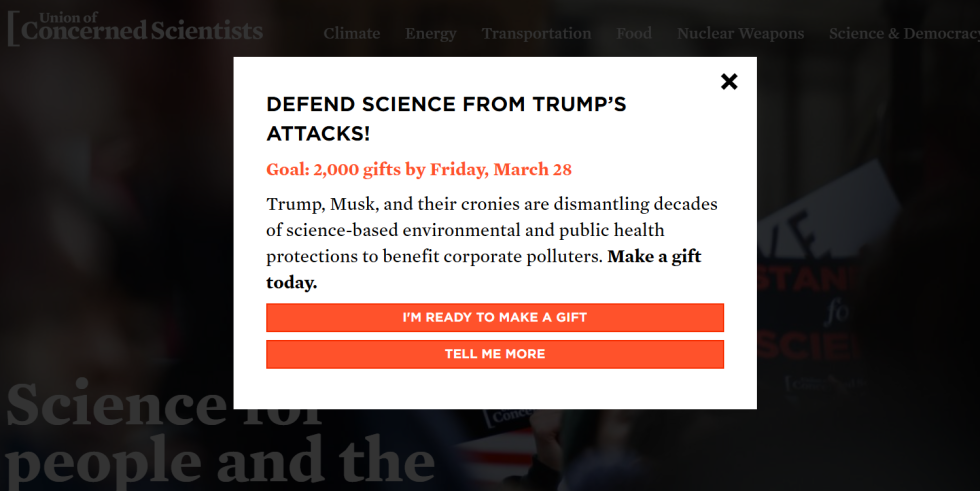
Rotate action alert CTAs with direct fundraising asks when there is a compelling reason in the news for people to give to your organization specifically. If you work to support undocumented immigrants in the U.S., promote an action alert that also subscribes people to your lists, but if there’s a raid that breaks through in the news, that’s the moment when people will be most primed to give to help organizations do their important work and fight back. When that news subsides, it’s probably more value for base-building to switch back to promoting an action alert.
Once they’re on your list.
When you’re asking folks to sign up for your list, set expectations for what they’ll receive and how often. Action alerts? Timely resources? Messaging you can use in your community that’s been tested by experts? “Occasional updates” is not specific enough.
Let them know how often they’ll hear from you. People are tired of being inundated with messages they don’t feel they need or benefit from, so consider promising a low volume (or provide a general sign up versus “one message per month”) approach.
Someone you can contact sometimes is better than someone you can’t contact at all.
Take a look at your own list.
With renewed interest among many Americans to pay attention and engage in politics and advocacy post-inauguration, now is also a great time to reactivate your inactive email subscribers.
Reach is the goal, not just reaching totally brand new to you people. You’re more likely to get someone who’s had a relationship with you before — even if they’ve been email inactive for some time — to donate after reactivating than getting a totally new-to-you subscriber to give within the same time period.
Target inactive subscribers with top performing action alerts that align with why they may have become a subscriber in the first place.
Scout Quest can help. Our data co-op allows you to match your email list against email lists of other co-op participants. We provide back to you dozens of data points on your file, e.g., how many of your inactive email subscribers who have never donated to you are active email subscribers and donors to other organizations. You can then use that data to target portions of your inactive email file for reactivation efforts – more safely, in terms of protecting your deliverability, than if you were using a random sample of (or, God forbid, your entire) inactive email file.
That’s just one use case, but it’s a powerful one: One organization recently identified 187,000 people on their own email list who were active with other organizations but inactive for them. They saw a 681% return on investment in just four months from reactivated donors.
Once they’re on your list.
Take a peek at your welcome series – don’t get bogged down in a major overhaul, but do make any small adjustments that would help it speak better to people who are likely engaging because of the new political reality we’re in.
It goes without saying: these are hard and scary times. As you think about how to reach people, keep in mind that some folks in your reachable universe are going to still be burnt out from how they hyper engaged in the last Trump administration, some are going to be newly invigorated after taking a break, still others are finally going to be paying attention and looking to learn and engage really for the first time.
Consider your messaging.
You don’t have to have a specific messaging and onboarding strategy for all of these different types of people – remember, don’t let perfect be the enemy of fast, especially during rapid response – but it’s worth keeping this reality in mind.
Now is also a great time to invest in audience & message research. From market research on particular audiences (e.g., parents with kids at home who value nature and donate to nonprofits) to surveys that help establish where your existing supporters are at on key issues to creative testing that helps you refine your messaging to better reach its goals, we can help. The list truly goes on.
If living in a society built on injustice where billionaires increasingly control our communications and our politics, in which said billionaires are increasingly choosing to sow division by keeping us locked in our tiny little (mis)information bubbles has taught us anything, it’s that reality matters only insofar as there is a shared understanding of it. To help make sure the people you want to influence understand reality as it really is, you need to know how best to communicate with them.
And one more thing… while we want to strengthen our reach in all these other channels, people are still on Meta and we can’t give up on social media. It’s been an important tool for organizing for almost 20 years, and we need to stay to meet people where they are and not give it over to the worst actors in our society.
But at the same time, let’s make good use of this opportunity to get people more connected to you by prioritizing email and SMS list growth and using reliable breakthrough communicators like influencers as concern spreads about the reliability of social reach. Once you have these folks on your list, start figuring out how you should talk to the people you want to engage.
Want help with any of this? Reach out!




